After the excitement of 2020’s DeFi Summer and before 2021’s NFT boom, Art Blocks launched as a platform for creating generative computer art and minting it as NFTs. The platform quickly became popular with collectors seeking new digital art and artists looking to distribute their work on the Ethereum blockchain.
Founded by pioneering NFT artist Erick Calderon, also known as Snowfro, Art Blocks started in November 2020. Calderon created Chromie Squiggles as a proof of concept for his vision to create generative art. The Art Blocks logo is even based on the Squiggles design. Within six months, the platform was already hiring a full-time team.
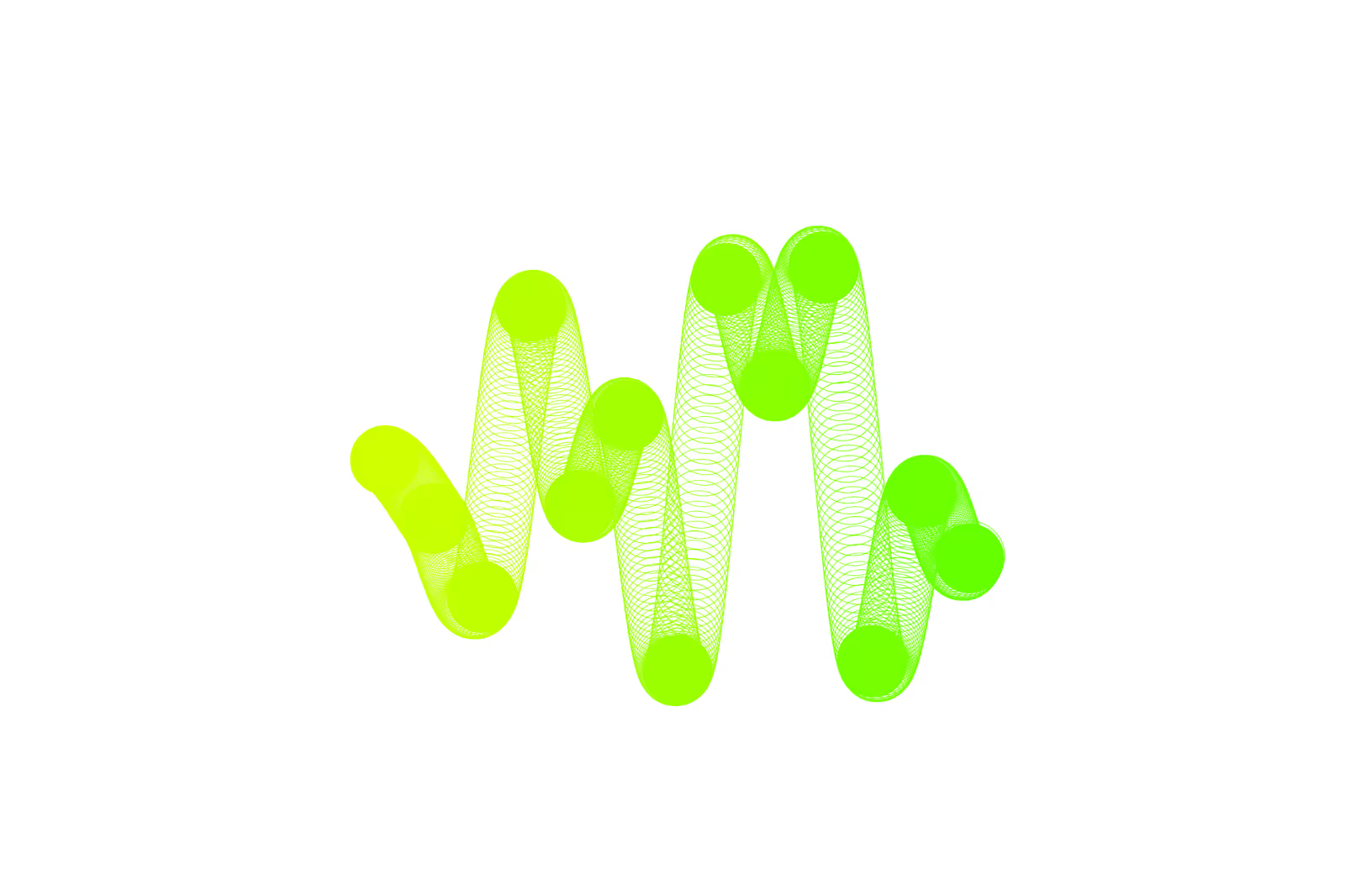
Today, Art Blocks is one of the top platforms for artists creating generative art and for collectors looking to own unique pieces. Artists use algorithms to generate one-of-a-kind works, while collectors mint NFTs directly into their wallets. Art Blocks features curated collections reviewed by a curation board, and its Curated section offers a space for artists to push the boundaries of digital and physical art, resulting in truly unique creations.
Additionally, Art Blocks hosts the annual Art Blocks Marfa Weekend in Marfa, Texas, bringing together artists and collectors at the Art Blocks Gallery located on W. San Antonio Street. The generative art gallery, open to the public seven days a week, features exhibits, community events, and conversations.
In advance of the fourth annual Art Blocks Marfa Weekend on November 14-17, 2024, OpenSea is excited to announce a partnership with the renowned generative art platform, Art Blocks. Read more about the partnership in the full blog post here.
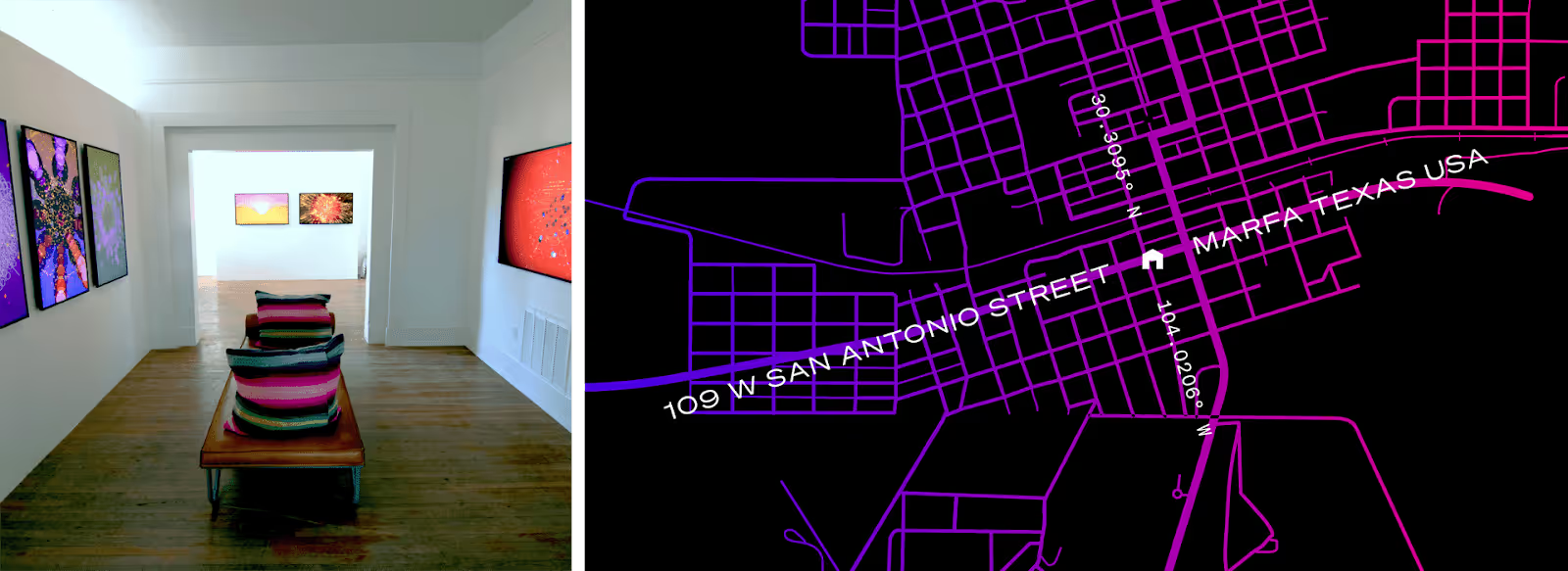
What is generative art?
Generative art is a fascinating and innovative form of art that leverages computer code and autonomous systems to create unique and often unpredictable artworks. These autonomous systems can range from algorithms and computer programs to biological entities, each independently determining various features of the artwork. The human creator sets the initial parameters and rules, but the generative system takes on a supporting role as an artist of sorts, producing endless permutations and variations.
This form of art spans multiple disciplines, including music, literature, and visual art. In the realm of digital art, generative art is particularly prominent, allowing artists to create intricate and complex designs that would be impossible to achieve manually. The process often involves a blend of creativity and technology, where artists use code to generate patterns, shapes, and colors, resulting in mesmerizing visual art.
Generative art is not just limited to digital screens; it has applications in architecture, where algorithms can create elaborate architectural patterns and designs. This intersection of art and technology opens up new possibilities for creativity, pushing the boundaries of what is possible in the world of art.
How does Art Blocks work with generative art?
Art Blocks is a platform where artists can easily mint and sell generative artworks as NFTs, without needing to deal with the technical complexity of creating secure smart contracts. Artists start by designing their own generative systems, which generate the artwork and the visual elements. These algorithms often introduce randomness, allowing them to create art with endless permutations of a design. Once complete, the artist uploads the algorithm to Art Blocks, where they can set terms like the number of editions and the mint price. Collectors can then mint these NFTs, directly creating a new piece of digital art that is stored in their wallets. Each minting generates a unique version of the artwork, making every NFT one-of-a-kind.
To be featured in Art Blocks Curated, the platform’s main collection, artists must apply and pass a review by a curation board of generative artists, collectors, and curators. This ensures that only the highest-quality projects, reflecting innovation and technical excellence, are included. The Curated collection highlights the best examples of generative art, showcasing projects that add value to both the platform and the broader art community.
For more details on Art Blocks Curated and upcoming projects, visit the Art Blocks website.
How the Art Blocks platform works
Art Blocks stands out as a decentralized web3 marketplace for digital artists, built on the foundation of the Ethereum blockchain. This innovative platform empowers generative artists to create and collectors to own unique digital artworks generated by sophisticated algorithms. Each piece of art on Art Blocks is a product of a unique algorithm, allowing for infinite variations and combinations, ensuring that no two pieces are the same.
Art Blocks has gained significant popularity among art enthusiasts, collectors, and investors due to its groundbreaking approach to digital art. By combining the creativity of generative art with the security and transparency of blockchain technology, Art Blocks has created a thriving ecosystem where digital art can be celebrated for its ingenuity.
What are some major generative artworks on Art Blocks?
One of the most famous projects from Art Blocks is its first project called Chromie Squiggle. Launched as a proof of concept for the potential of generative art on the platform, this collection has since become a status symbol among NFT collectors. The artwork features a white background with a rainbow squiggle tracing across it, composed of one of six different line styles: basic, bold, pipe, slinky, fuzzy, and ribbed. The collection includes 10,000 tokens. Chromie Squiggle entered its final phase in 2024 four years after its first mint. The last piece in the collection, Squiggle #9999, was open for live minting starting July 15, 2024. The public farewell mint closed on July 22, and Squiggle #9999 was officially minted and gifted to the Los Angeles County Museum of Art (LACMA) on August 21, securing its place in the museum’s collection of generative computer art. The final Chromie Squiggle mint marked a significant moment in the history of generative artworks.
Another notable collection from Snowfro is Friendship Bracelets, created in collaboration with Alexis André, also known as MacTuitui. Anyone holding an Art Blocks-associated NFT as of the Oct. 26, 2022 snapshot was eligible to mint two free NFTs from this collection. Each token features generative artwork inspired by friendship bracelets, with the idea being that claimants would send one token to a friend to spread the word about Art Blocks, NFTs, and friendship.
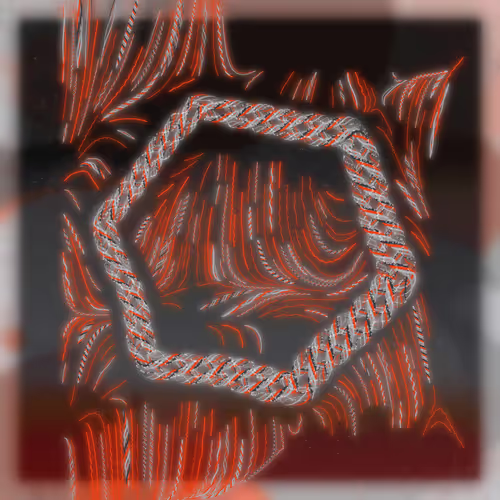
Another highly influential project, Dynamic Slices, was released on Art Blocks in December 2020 by artist and coder pxlq. The collection includes exactly 512 NFTs, each showcasing abstract pieces with bright, colorful slices of circles splashed on contrasting backgrounds. In an interview published on Cent, a platform for collecting digital “moments,” pxlq explained that the inspiration for the piece came from doodles during a meeting and noted that he used Art Blocks because it allowed him to make the artwork dynamic.

Art Blocks collections through the years
Art Blocks used to offer different collections where artists could showcase their generative design and generative art for collectors. Art Blocks Playground, a collection established in February 2021, was where creators could experiment more freely with their projects. Playground allowed artists to release work with fewer curation requirements, giving them space to try new ideas without the same strict review process.
Another collection, Art Blocks Factory, rolled out in March 2021 and offered a more open platform for artists to showcase their work without the need for curation. This allowed any artist to feature their generative art on Art Blocks, providing greater flexibility and inclusivity.
In November 2022, Art Blocks combined both Playground and Factory into Art Blocks Presents, a new collection that maintained quality standards while allowing more projects to be showcased. The curation board could still select projects from Presents for special inclusion in the Curated collection.
Around the same time, Art Blocks Explorations launched to commission unique projects from select artists and partners. This collection pushed the boundaries of how generative art and minting could influence the human experience, focusing on cutting-edge collaborations and innovations in the space.
Finally, in June 2022, Art Blocks kicked off Collaborations, a series of co-branded projects in partnership with organizations like Pace Gallery and Bright Moments, featuring notable artists such as Jeff Davis, Casey REAS, and Trevor Paglen.
These historical collections reflect the evolution of Art Blocks as it grew into a leading platform for generative art.
The Art Blocks community
The Art Blocks community is a dynamic and ever-growing network of artists, collectors, and digital art enthusiasts who share a passion for generative art. This highly engaged art community is fanatic about digital innovation and active across various social media platforms, where members regularly share their latest creations, discuss trends, and engage in lively conversations about the future of digital art.
The Art Blocks NFT marketplace is a central hub for this community, providing a secure and transparent platform for buying and selling unique digital art pieces. Artists can easily list their generative artworks for sale, while collectors can browse and purchase pieces that resonate with them. The NFT marketplace’s user-friendly interface and robust security features ensure a seamless experience for all participants.
The Art Blocks community fosters a sense of camaraderie and collaboration. Artists often share insights into their creative processes, while collectors showcase their collections and discuss the significance of various pieces. This sense of community not only enhances the overall experience but also drives the continuous growth and evolution of the Art Blocks platform.
What is Art Blocks Engine?
Building on the success of Art Blocks’s creator-facing platform, the team launched Art Blocks Engine to sell its art minting infrastructure as a product to enterprises. After laying the foundation for Sotheby’s Gen Art program, the Art Blocks team further developed the software into a full white-label solution for brands to experiment with generative art and minting the outputs on the blockchain.
Art Blocks has truly blazed the trail for generative art, bringing legitimacy to the medium and raising up a new generation of artists, all while displaying it securely on the blockchain. By leveraging autonomous systems, they have enabled non-human entities to independently determine features of the artwork, reflecting the artist's concept. Utilizing artificial evolution, artists like Jon McCormack create complex and nuanced forms of digital art, integrating elements of computer code, evolutionary algorithms, and generative design to develop new aesthetics and functional designs that would be challenging to achieve through traditional methods.
The future of generative art
The future of generative art is incredibly exciting, with rapid advancements in technology paving the way for even more sophisticated and complex creations. As artificial intelligence and machine learning continue to evolve, generative artists are exploring new frontiers, collaborating with machines to push the boundaries of creativity and innovation.
One of the most significant developments in this space is the use of blockchain technology, which is revolutionizing the way we think about ownership and provenance in digital art, by securely recording the history and authenticity of each piece.
As generative art continues to evolve, we can expect to see new and innovative forms emerge, blending traditional artistic techniques with cutting-edge technology. This ongoing evolution will undoubtedly lead to groundbreaking artworks that challenge our perceptions and expand the possibilities of what art can be. The future of generative art is bright, and platforms like Art Blocks are at the forefront of this exciting journey.
.avif)


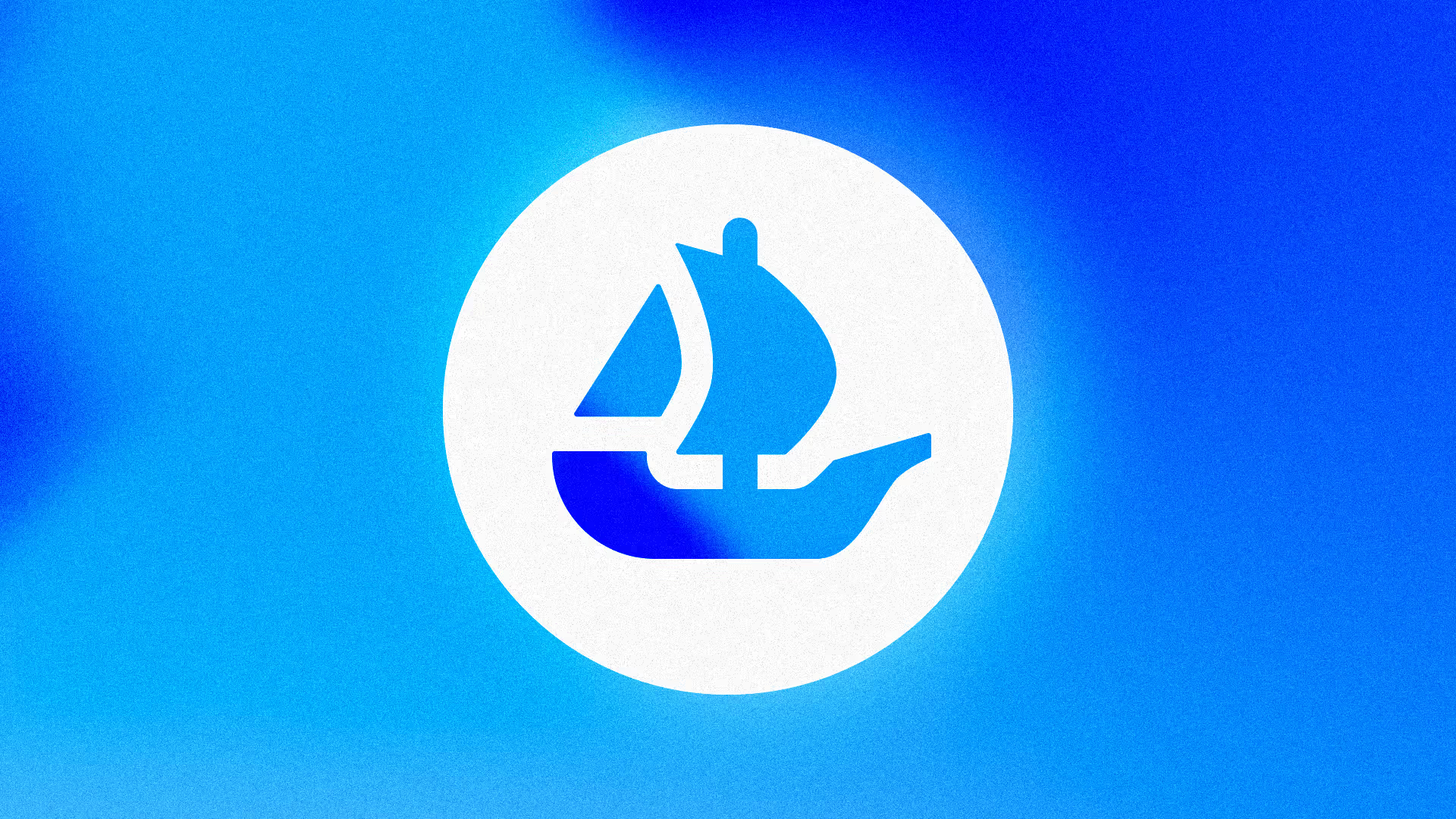
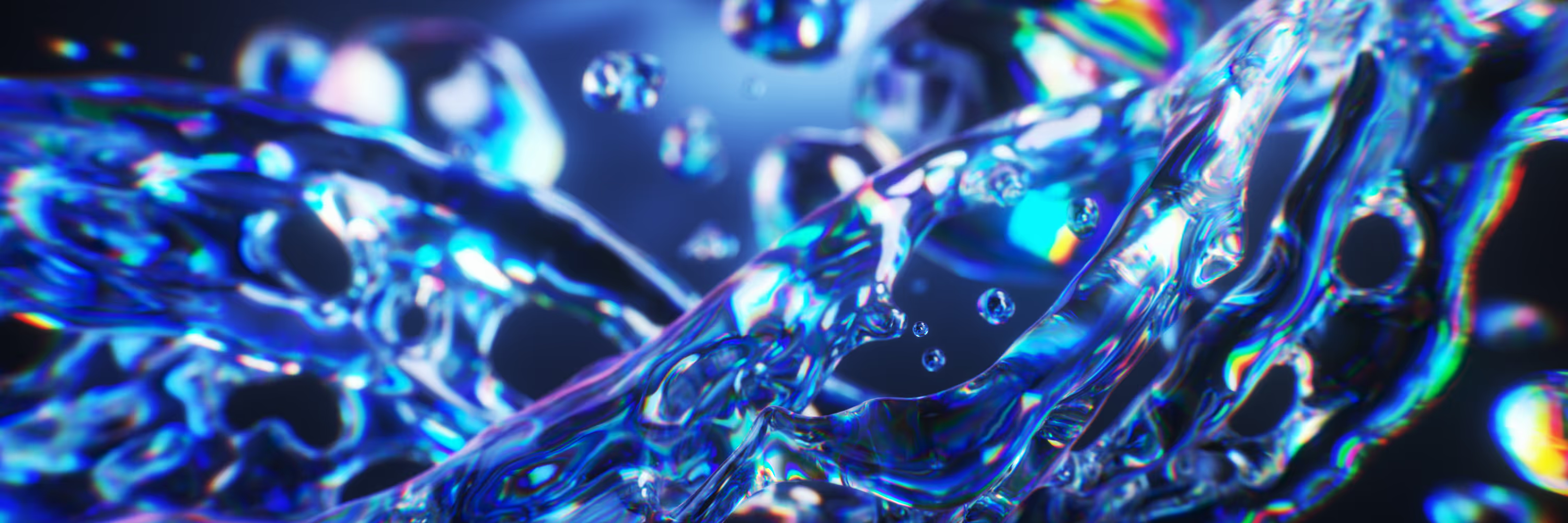
.avif)
.png)
.png)
.png)
.png)



.png)